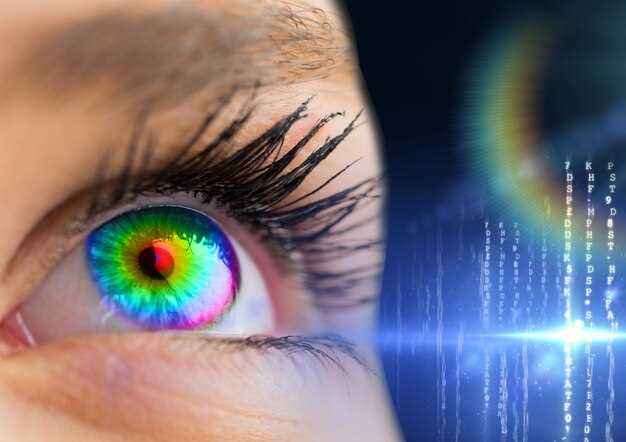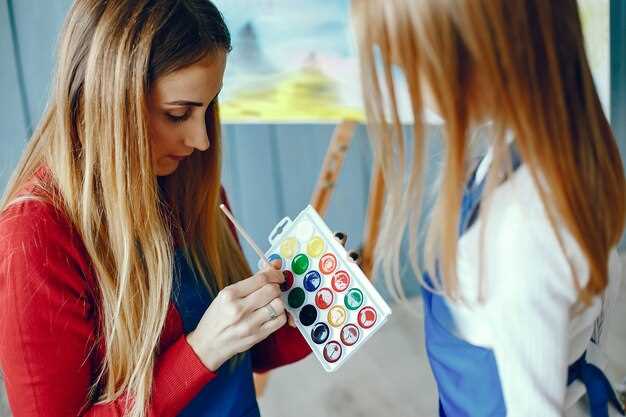
The perception of speed is a critical aspect of design, particularly in automotive and related fields. The color of a car can dramatically influence how fast it is perceived to be moving, regardless of its actual velocity. Designers have long understood that specific colors can evoke various feelings and responses, which can ultimately affect consumer behavior and preferences.
Different colors can have varying effects on speed perception. For instance, bright and vibrant hues like red and yellow often convey a sense of urgency and high speed, making vehicles appear faster than their counterparts in muted shades. The psychological impact of these colors is profound, as they can trigger emotions and associations that influence the viewer’s interpretation of a car’s performance.
Understanding the connection between color and speed perception is crucial for designers aiming to create compelling and effective visual identities for vehicles. This relationship not only affects aesthetic appeal but can also play a significant role in marketing strategies. By leveraging the emotional responses elicited by color, designers can enhance a car’s perceived dynamism and create a stronger connection with potential buyers.
How Color Affects Speed Illusion in Automotive Design

The effect of color on speed perception plays a significant role in automotive design. Various studies have shown that specific colors can create the illusion of increased speed, influencing how vehicles are perceived by both drivers and pedestrians. The psychological response to color can alter our interpretation of velocity, making it a crucial factor in automotive aesthetics.
Bright colors, such as red and yellow, are often associated with excitement and energy. These hues tend to evoke a sense of urgency and can make a vehicle appear faster than it actually is. For instance, a sleek sports car painted in a vibrant red can give the impression of high-speed performance, while a muted color like gray may suggest a more subdued, less dynamic capability.
Moreover, contrasting colors can enhance the perceived speed by highlighting the car’s contours and movement. A design that employs bold, contrasting shades can create a sense of motion and acceleration, suggesting that the vehicle is racing forward even when it’s stationary. The combination of colors can manipulate visual perception, making it an essential tool for manufacturers wanting to convey excitement and performance.
On the other hand, dark colors tend to absorb light, which can diminish the visual cues that suggest speed. Vehicles in black or deep blue may appear more grounded and stable, influencing the viewer’s perception toward slower speeds. This effect can be particularly useful for brands aiming to project an image of luxury and sophistication rather than raw power and agility.
The strategic use of color in automotive design not only impacts aesthetics but also shapes consumer behavior and market positioning. Car manufacturers leverage these insights to create models that align with their branding strategies and target demographics. In this context, understanding how color affects speed illusion becomes a vital aspect of design philosophy.
In conclusion, color is more than a simple design choice in automotive engineering; it profoundly influences the perceived speed of a vehicle. By carefully selecting hues, designers can craft an emotional connection and set expectations, thus enhancing the overall driving experience.
The Psychological Impact of Color on Driver Perception of Velocity

The perception of speed in vehicles is significantly influenced by color. Colors can elicit various psychological responses, affecting how drivers perceive their velocity. For instance, warm colors such as red and orange tend to evoke a sense of urgency and increased speed. These colors can make a car feel faster than it actually is, creating an illusion of rapid motion. In contrast, cooler colors like blue and green often impart a sense of calmness and stability, leading drivers to perceive reduced speed.
Research indicates that bright colors enhance visibility, which can also alter speed perception. A brightly colored car is more noticeable on the road, prompting a driver to instinctively adjust their speed. This effect is particularly pertinent in urban environments where traffic dynamics can change rapidly. In these contexts, the color of a vehicle may influence not only how fast it is perceived to be moving but also how other drivers react to it.
The context in which colors are experienced also plays a crucial role. For example, a red sports car on a racetrack evokes adrenaline and speed, whereas the same color in a residential area may not elicit the same high-speed associations. Additionally, cultural factors can shape how colors are interpreted, further complicating the relationship between color and speed perception.
Furthermore, lighting conditions can modify color impact, either enhancing or diminishing its psychological effects. In bright sunlight, vivid colors can stand out more prominently, amplifying speed perception. Conversely, in dim lighting, colors may appear muted, potentially resulting in a lower speed assessment. Thus, color interacts with environmental factors to shape driver experiences and interpretations of velocity on the road.
Understanding the psychological impact of color in car design is essential for safety and performance considerations. By strategically selecting colors, manufacturers can influence driver behavior, enhance road safety, and improve overall driving experiences. This underscores the importance of integrating color psychology within the design framework of vehicles.
Choosing Car Colors for Enhanced Speed Perception in Marketing
In automotive marketing, color selection plays a crucial role in shaping consumer perception of speed. Research indicates that certain colors can evoke feelings of rapidity, thereby influencing buyers’ decisions. For instance, bright colors like red and yellow are often associated with speed and excitement. These hues can create an impression of a car being faster than its actual performance, leveraging the psychological effects of color on human perception.
The effect of color extends beyond mere aesthetics; it taps into the emotional responses that potential buyers have regarding speed. Cars painted in vibrant shades tend to draw attention, signaling energy and a strong presence on the road. This visual impact can enhance the perceived agility of the vehicle, making it appealing to consumers looking for high-performance options.
Conversely, darker colors, while often viewed as sleek and sophisticated, may not convey the same sense of speed. Shades like navy blue or black might evoke a sense of elegance but can also create an illusion of heaviness, which may detract from the perception of rapid movement. Hence, marketing strategies should consider the psychological implications of color to optimize the perceived performance of a vehicle.
Additionally, trends in color choices can vary across regions and demographics, affecting how speed is perceived in different markets. For example, younger consumers might lean towards bolder colors that emphasize a dynamic lifestyle, while older demographics may prefer more understated options that suggest reliability over speed.
In conclusion, the careful selection of car colors in marketing can significantly influence speed perception. By understanding the psychological impact of color and its associated effects, marketers can craft strategies that enhance the allure of their vehicles and boost sales in competitive markets.



